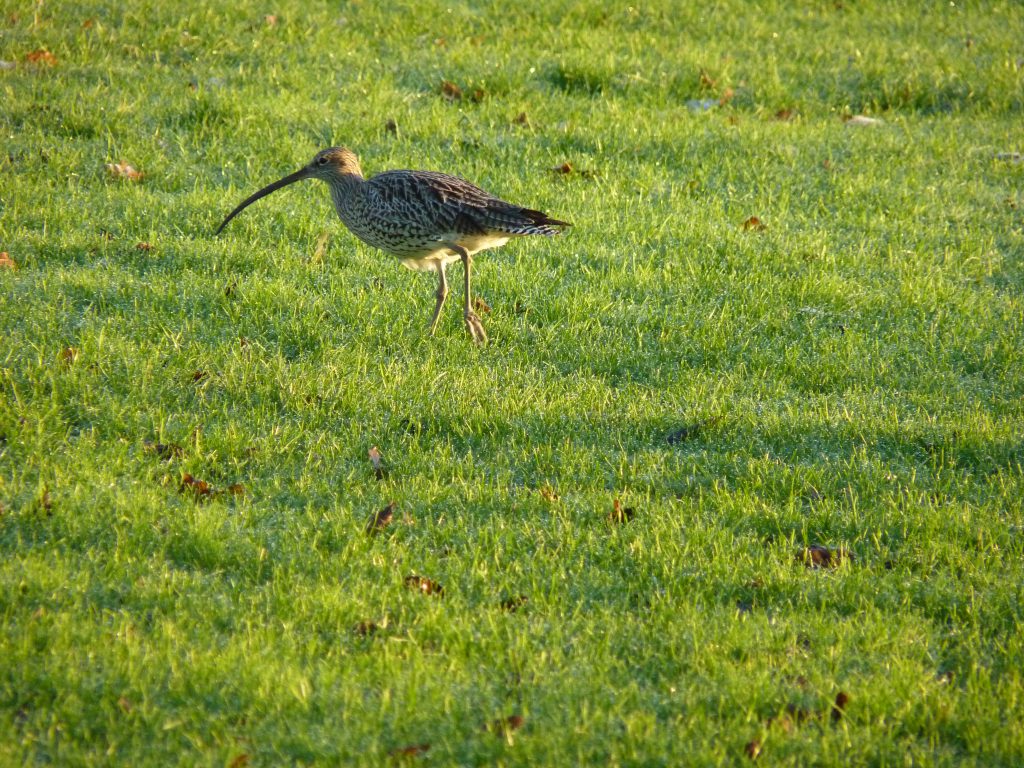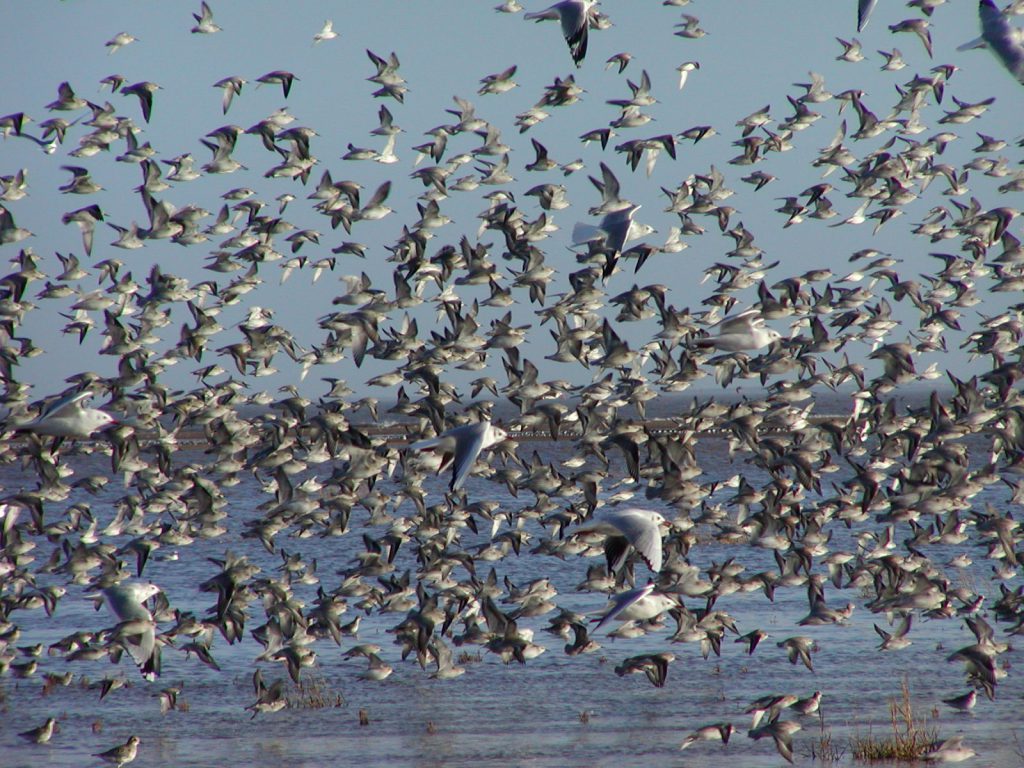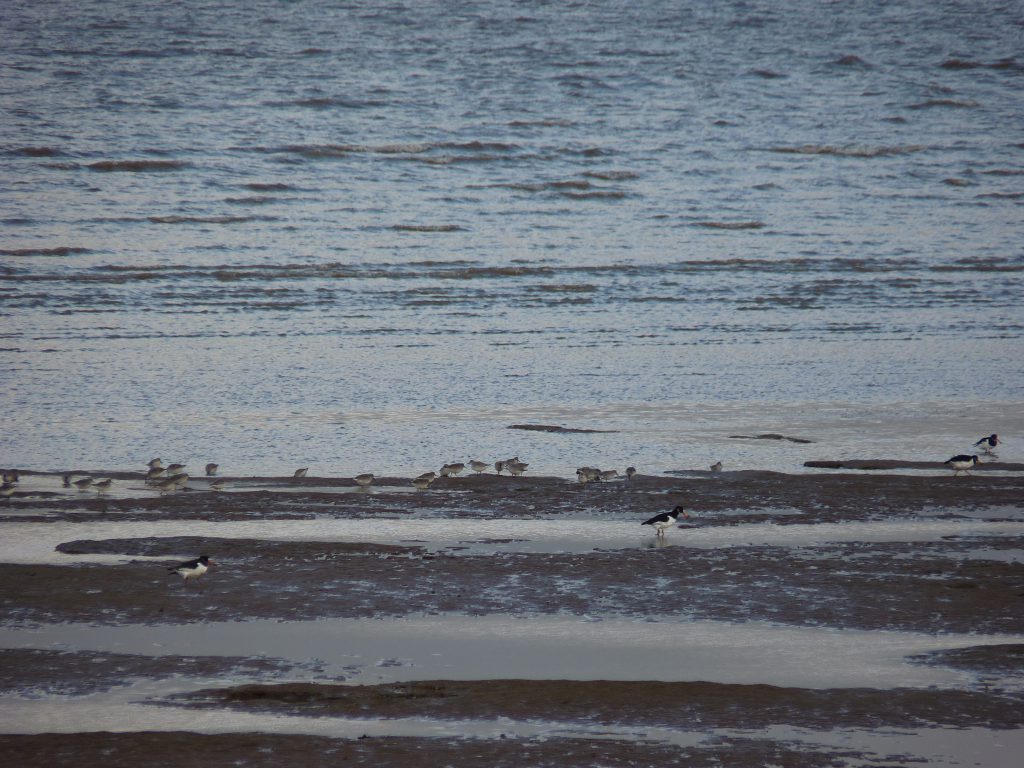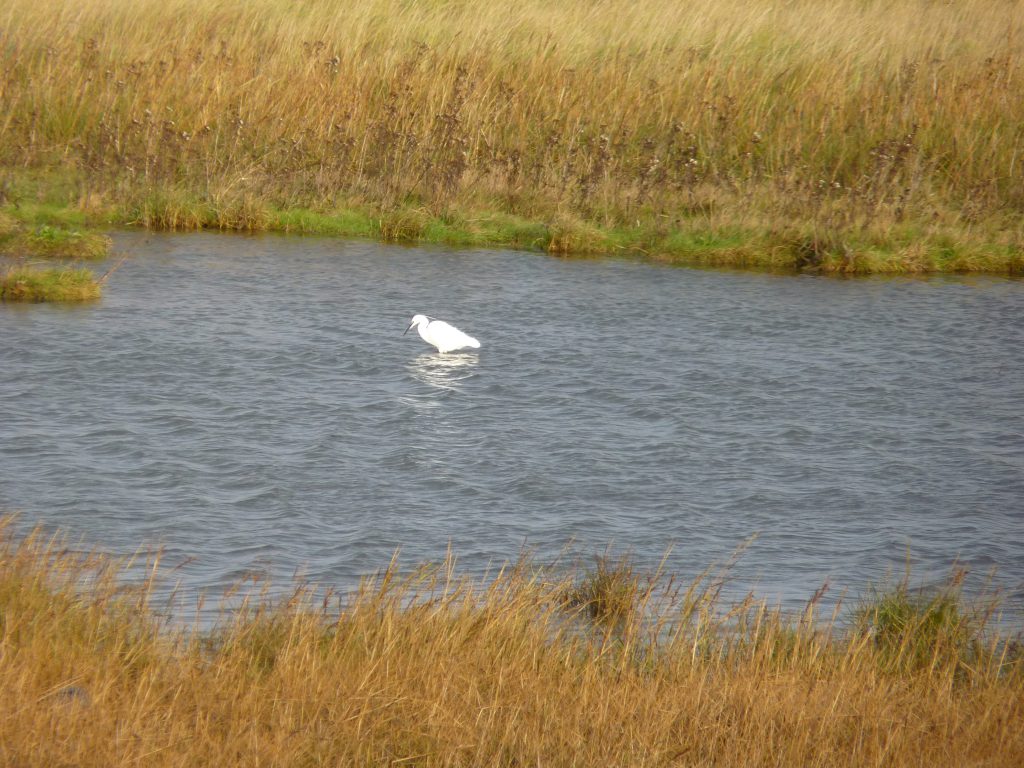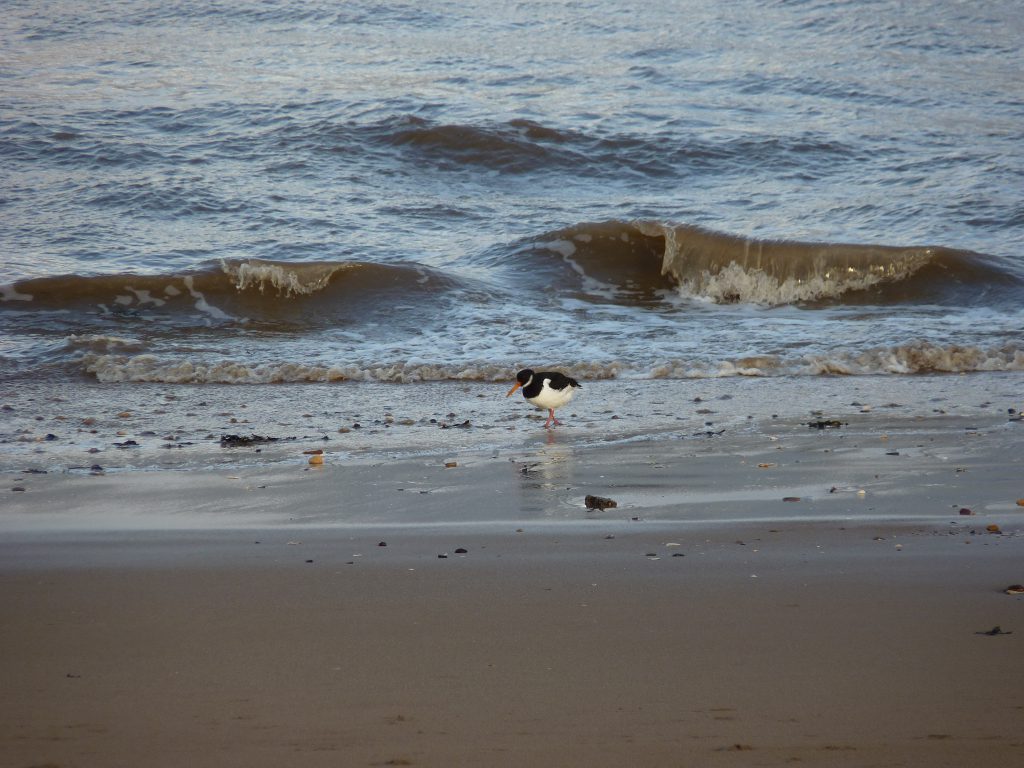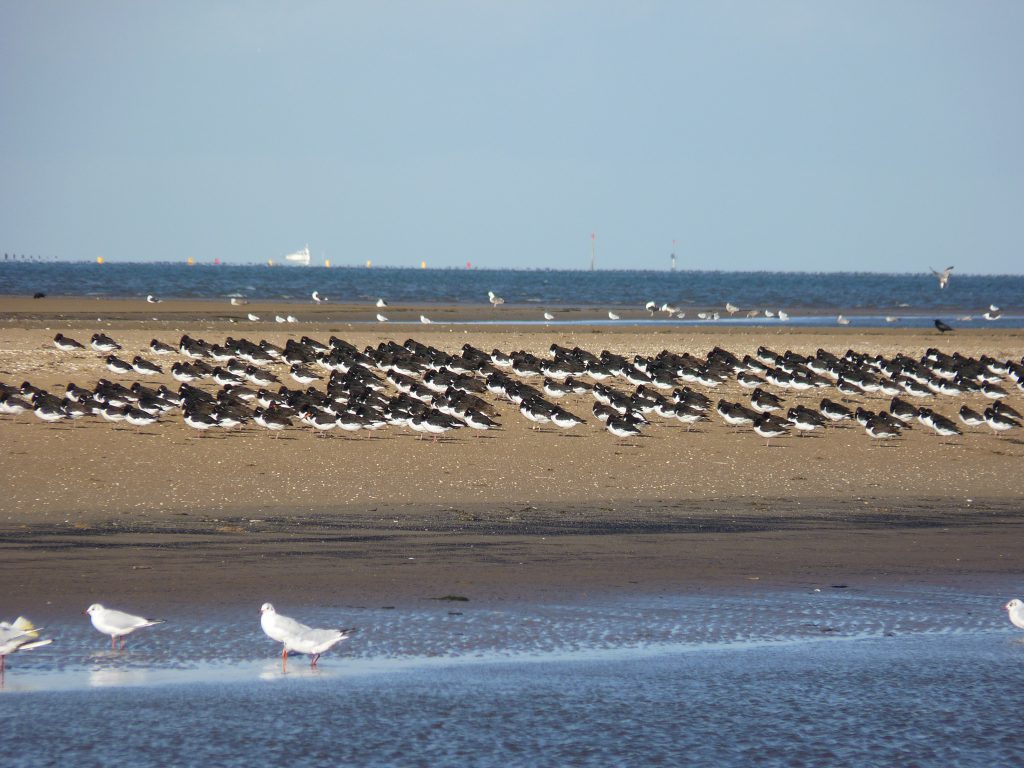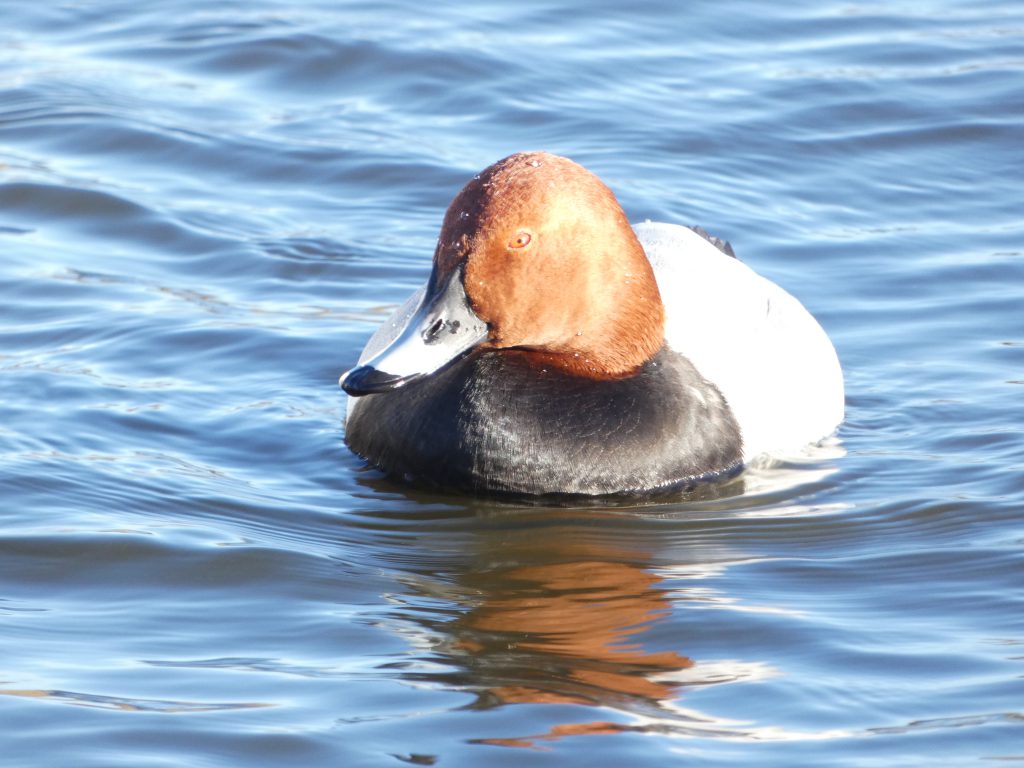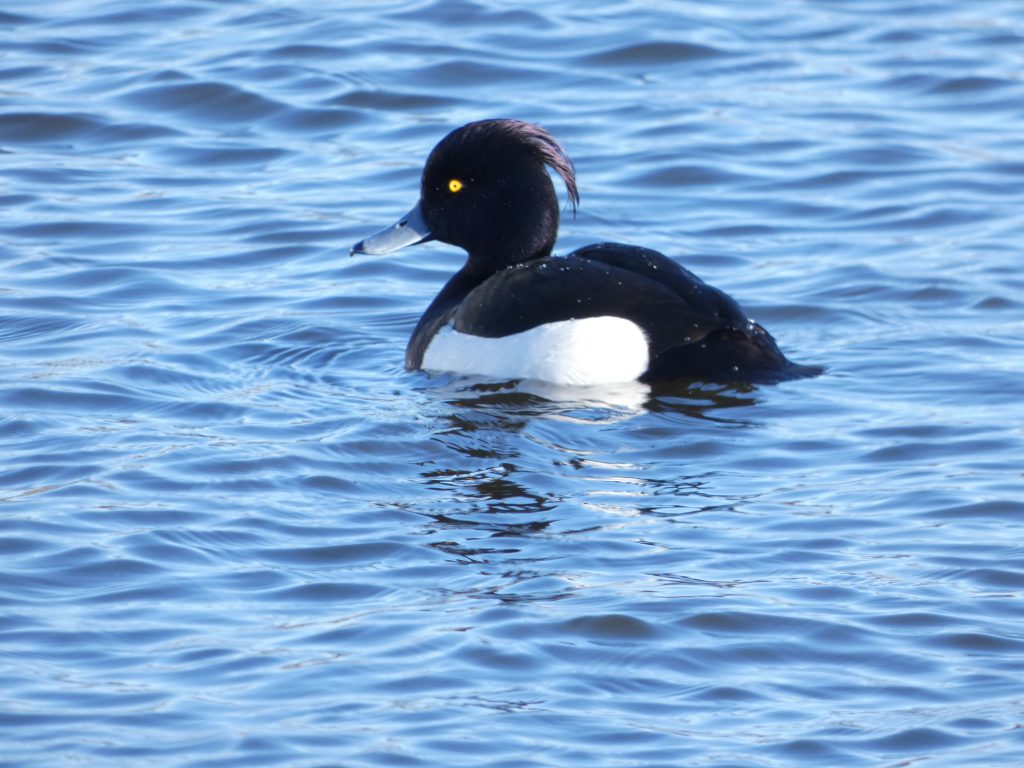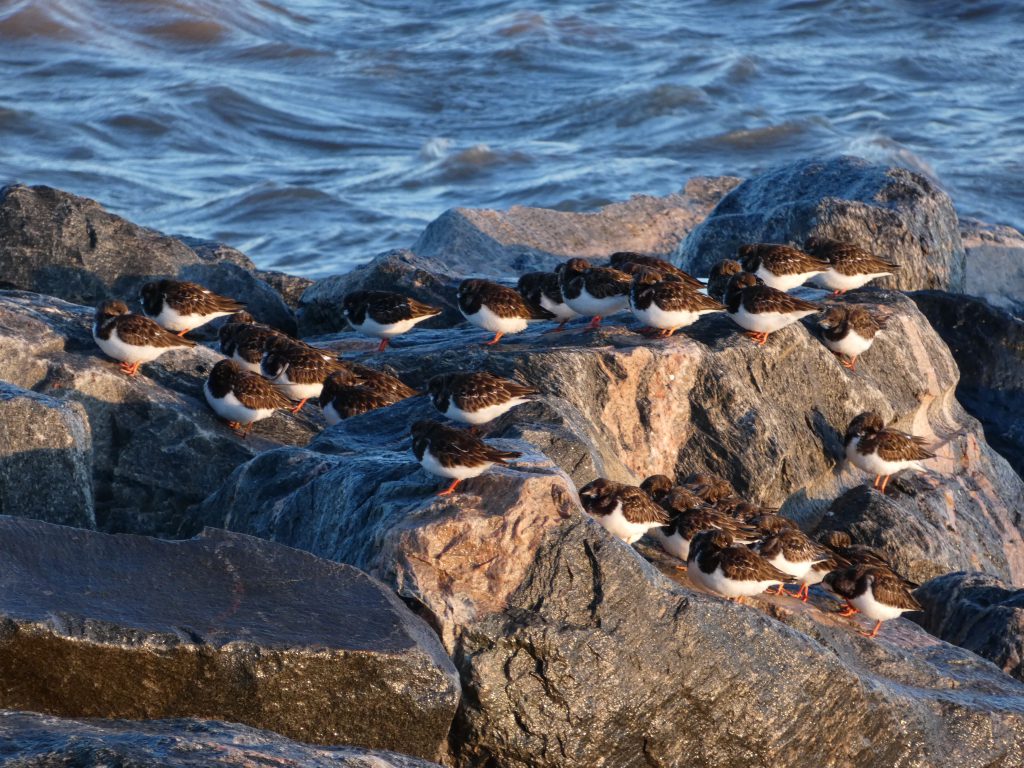Our coastal birds
Discover the thousands of coastal and wetland birds who rely on the Humber Estuary for feeding and roosting, especially migratory species such as curlew and ringed plover. The birds settle along the coastline after epic flights from around the world. When they arrive, they’re in vital need of food and rest, and for some it may even be their first long-haul journey.
The whole Humber Estuary is internationally important for wildlife. Its beach, sand dunes, sand banks, saltmarsh, intertidal mud flats and wetland all add to its biodiversity. It has been designated as a Site of Special Scientific Interest (SSSI) and a Special Area of Conservation (SAC).
The Lincolnshire Coastal Bird Trail
A coastal bird trail has been devised by Lincolnshire County Council which runs from the Alkborough Flats near Winterton, along the Humber Estuary and all the way down the Lincolnshire coast down to The Wash. There is a huge range of coastal birds and their habitats to see.
The Lincolnshire Coast has a diverse range of habitats and associated birdlife. From skeins of brent and pink footed geese on the coast in the winter, reed-beds that are home to bitterns, bearded tits and marsh harriers.
On the trail Cleethorpes is featured. Our area shows a variety of habitats, all in close proximity, making it attractive to numerous species, especially migrating and over-wintering shorebirds.
Discover the Lincolnshire Coastal Bird Trail
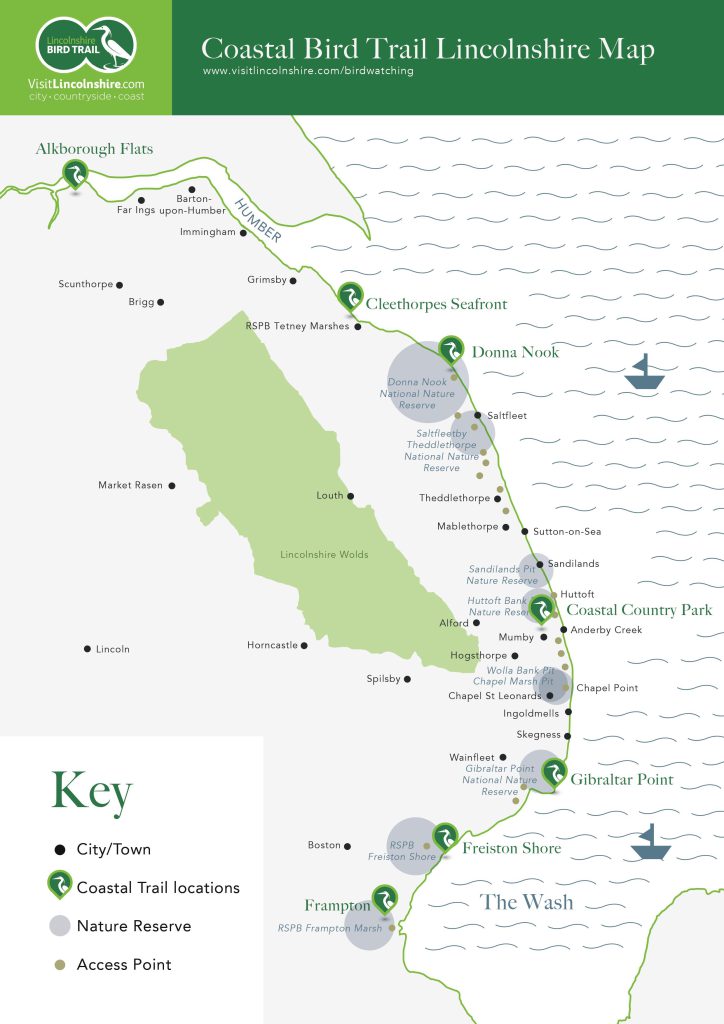
Coastal Birds visiting North East Lincolnshire
Winter Visitors include: Curlew, Bar-tailed godwit Dunlin, Sanderling, Knot, Brent geese, Ringed plover
Sanderling: These sandpipers are winter visitor from the Arctic and pass through in summer on migration. Uniquely amongst our waders they have no hind toe which gives them a distinctive ‘clockwork toy’ running action as they dart away from incoming waves whilst foraging for insects, worms, crustaceans, fish and even jellyfish.
Curlew: Large, tall waders, Curlews arrive at the coast from July onwards and numbers peak in January. They mainly eat invertebrates, but they are omnivorous. Their haunting ‘cur-lee’ call is unmistakeable, as is there long down-curved bill that is pink underneath. In the UK they are a red species within the Birds of Conservation Concern and a priority species in the UK Biodiversity Action Plan.
Ringed Plover: Our resident Ringed Plovers are joined in winter by European populations and mid-migration birds from Greenland and Canada. They are small, short legged waders with brown blacks, white below, black and white patterned heads and a black tipped red bill and red legs. They eat crustaceans, molluscs, and invertebrates which they foraged for by standing still, observing, then running and pecking repeatedly at what they’ve spied.
Shelduck: Although a resident wader, the Shelduck is most visible in winter and is one of our largest ducks. It is mainly coastal where it feeds on invertebrates, especially insects, molluscs and crustaceans found in the mud on estuaries and sandy beaches. Both sexes are mostly white, with black and chestnut patches, and a dark green head and neck with a bright red bill.
Permanent residents include:
Little Egret: A small heron which feeds on the saltmarsh looking for small fish and crustaceans but will also eat amphibians and other animals. The are all white with black legs and yellow feet, and a black bill.
Turnstone: Turnstones don’t breed in our area but can be seen most of the year as northern European populations pass through in summer and spring and from Canada and Greenland in autumn until summer. It’s named after its feeding behaviour of flipping over stones, looking for insects but will eat most things. In winter they are dark brown with a black pattern on the face and neck, and a white chin and underside. In summer they have a black and chestnut chequered pattern on their backs.
Redshank: A resident sandpiper, the Redshank is a large wader that breeds on the saltmarsh and feeds in shallow waters around the mudflats where it searches for molluscs, crustaceans and marine worms. It is identified by its long bright red legs and its long straight bill that is red at the base but black at the tip. The Redshanks nickname is ‘sentinel of the marsh’ as it is usually the first bird to be disturbed and fly off with a noisy cry.
Oystercatcher: Our resident oystercatchers are joined by Norwegian populations in winter and are specialised feeders of cockles and mussels, prising or hammering the shells open with their flattened, strong beaks. They are easily recognisable by their loud ‘peeping’ call and their striking black and white plumage, long red bills and legs.
Bring your binnoculars!
When you visit Cleethorpes and North East Lincolnshire you’ll realise that the Humber Estuary is a hive of activity, whatever the time of year. From wild birds to commercial shipping, there’s lots of coming and going to warrant bringing along your binoculars to spot birds, boats and more.
Discover more to watch when you visit Cleethorpes.
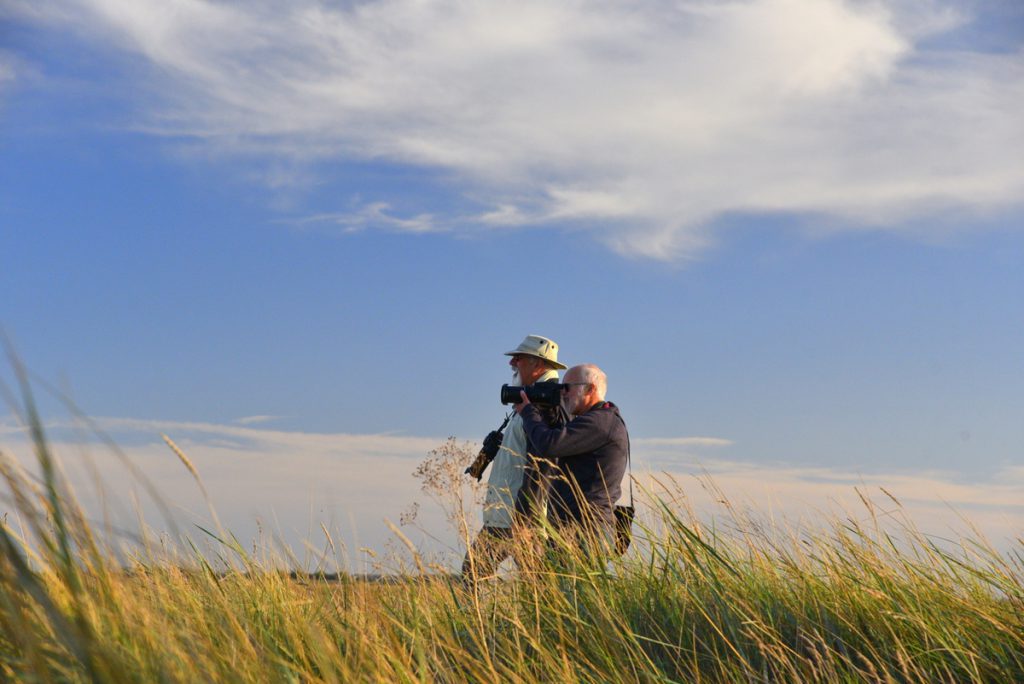
Bird Disturbance
Please respect our birdlife.
Disturbance is any action or activity which might cause birds to take flight, make them move away and stop feeding or roosting. Birds are easily disturbed and use vital energy when they take off and fly. The food they get from the estuary is vital to their survival on arrival and build themselves up through the winter for the return journey. If they are repeatedly disturbed many of these birds may not survive the winter or make their migratory journey back to their summer breeding grounds.
Ways you can help
- On the water and beach, please avoid disturbing birds resting or feeding
- move further away when the birds are disturbed
- keep activities away from roost sites, and where large numbers of birds are found
- keep dogs under control and prevent them from chasing birds
- pick up after dogs on the beach, salt Marsh, and sun dunes as it affects the local water quality
- don’t leave litter.

